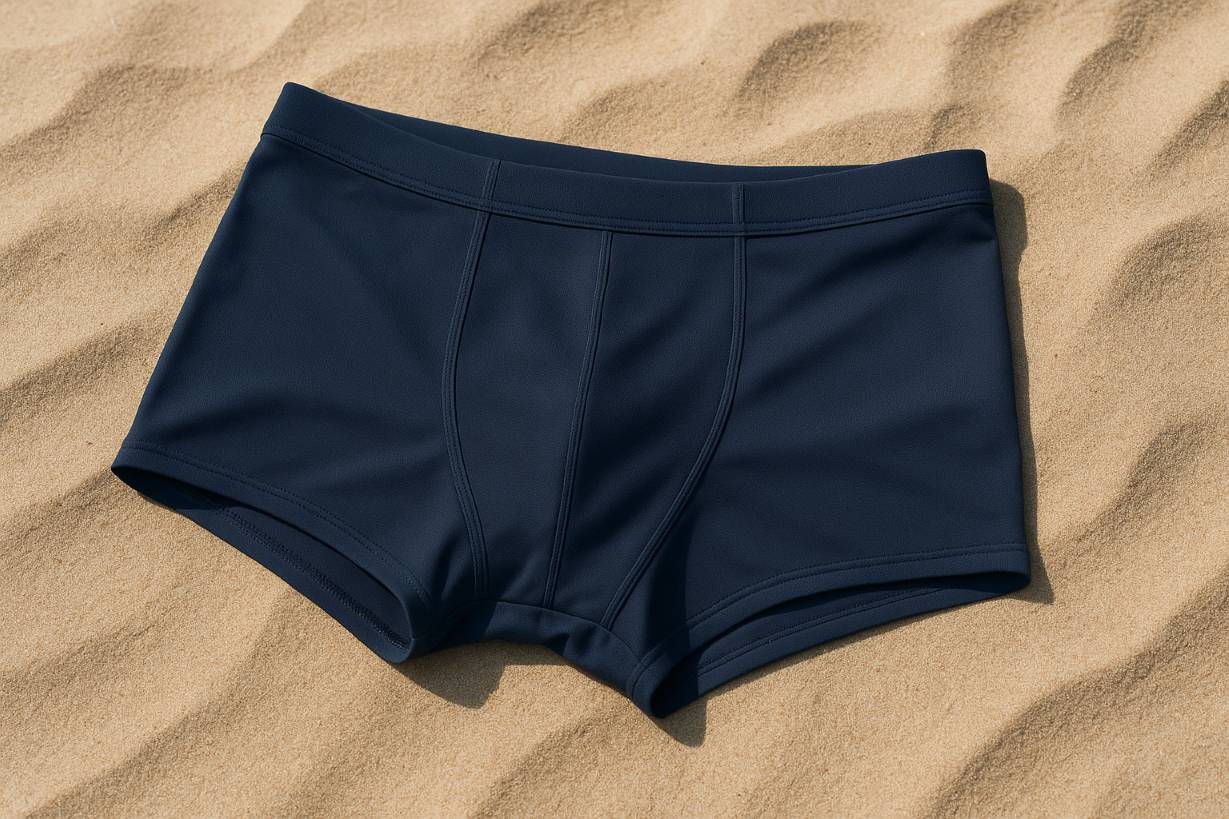Selecting the proper swimming costume material determines whether your swimwear will please customers or let them down. The knowledge of fabric science benefits any brand whether you operate as a start–up or established label or clothing manufacturers since it protects your brand image and delivers satisfaction to end-users while saving money.
This guide presents the main materials along with their advantages and disadvantages and current market developments for complete confidence in your fabric selection.
Why Fabric Choice Matters in Swimwear
Swimwear experiences multiple forms of stress from chlorine to salt and sun exposure and stretch and repeated washing cycles. The breaking force of standard swim fabrics decreases by 12.4% during 200 hours of chlorinated water exposure and drops to 65.7% after 300 hours according to pool aging research. Real-world usage that causes wear and tear results in customer returns along with unfavorable reviews.
Market data shows consistent evidence of this pattern. The swim fabric market shows that polyester leads with 36.5% market share while surpassing nylon and spandex blends since the swimwear industry expects to reach USD 22.04 billion in 2025. Sustainability together with durability function as the primary elements that drive market demand.
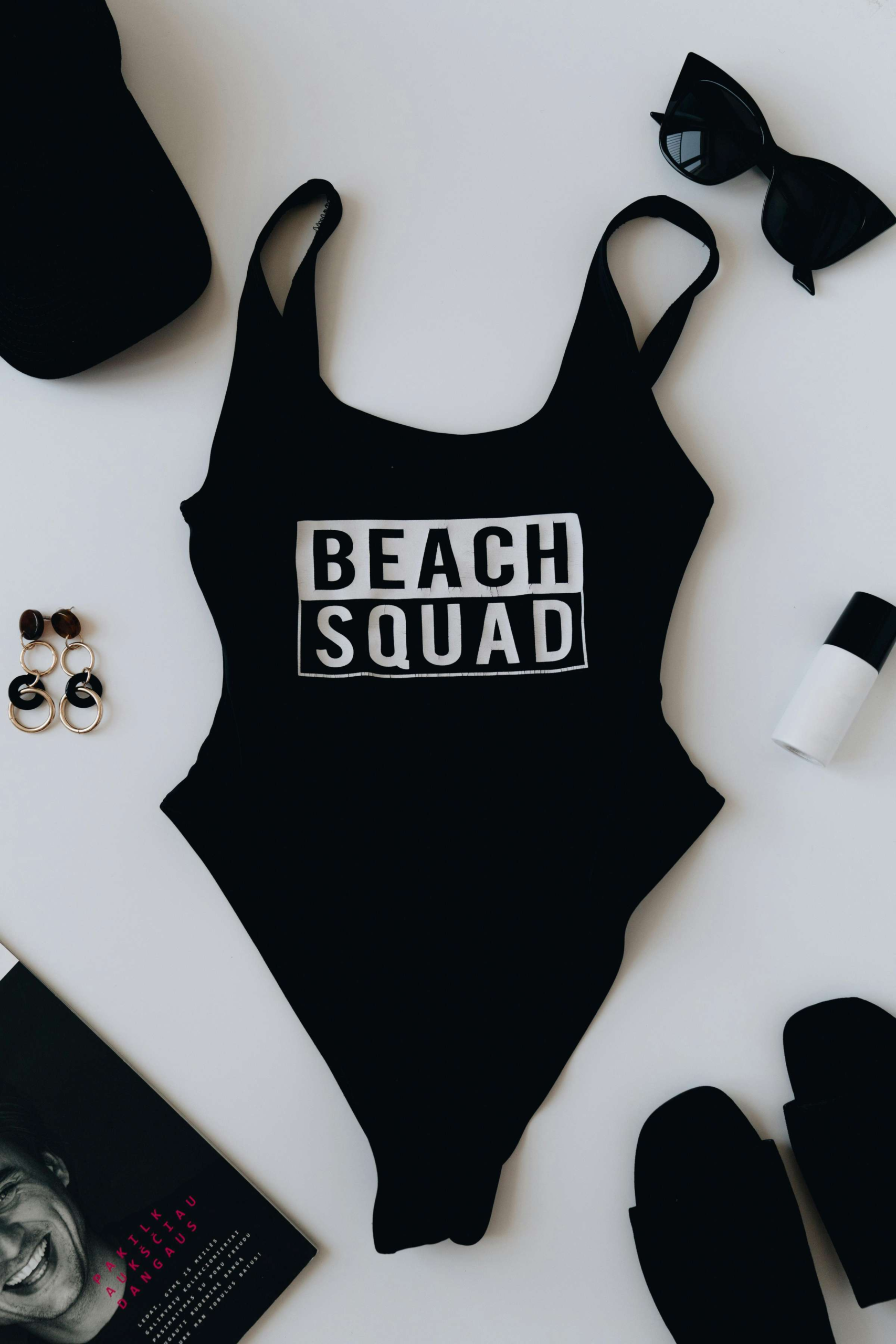
Comparing the Classics
Nylon (Polyamide)
1. Feel: Soft, silky, and lightweight. Many customers describe it as “second skin.”
2. Stretch: Excellent multidirectional stretch and quick recovery thanks to its natural elasticity.
3. Water Behavior: The fabric takes in more water than polyester does so it becomes heavier during extended swimming sessions.
4. Strength & Wear: Good abrasion resistance but degrades faster than polyester in chlorine. Standard nylon blends experience strength reductions that reach 50% after being exposed to pool conditions for 300 hours. (More Info)
5. Best For: Fashion-forward styles, soft hand-feel, and premium price points where a luxe drape matters.
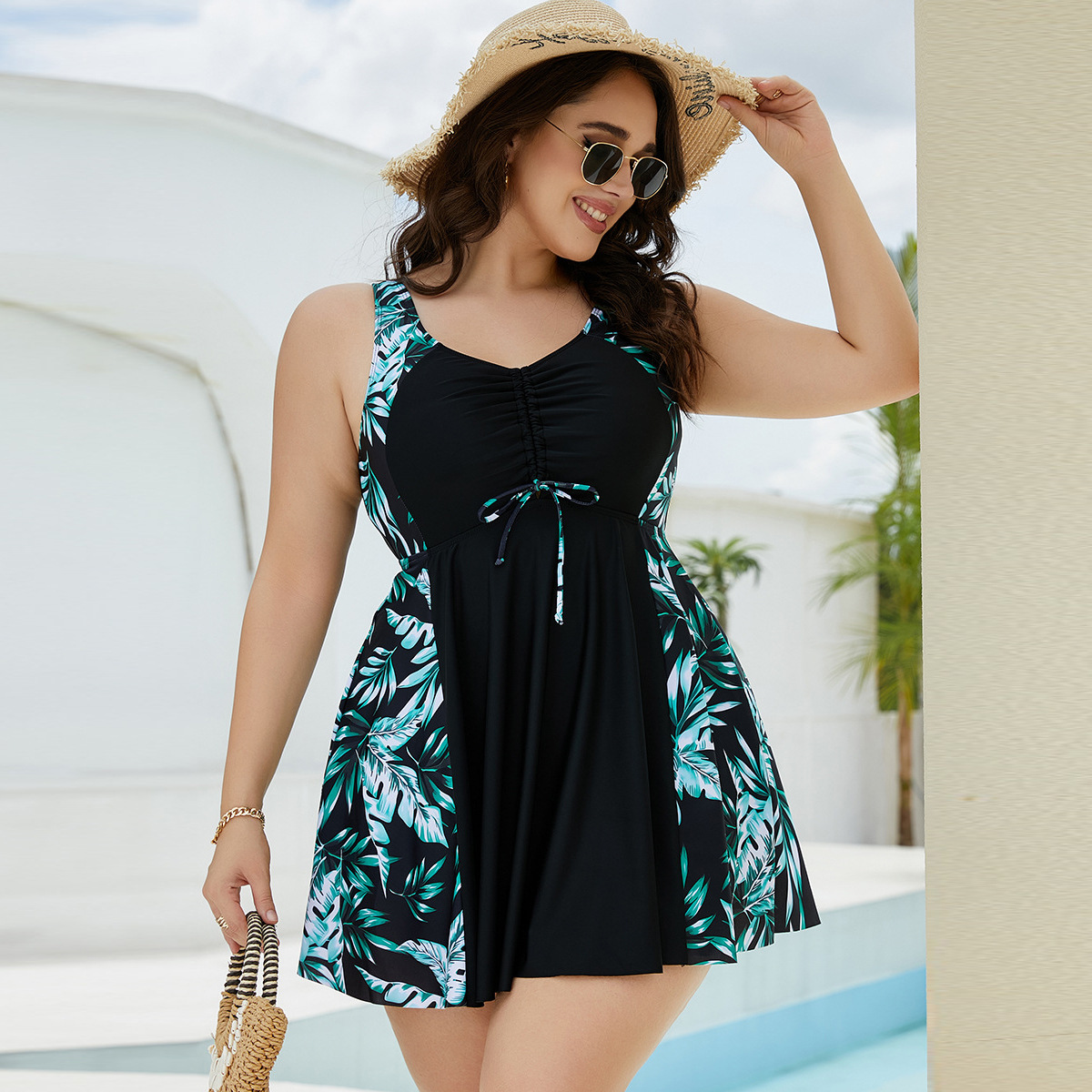
Polyester
1. Feel: Firmer hand and slightly less stretch without elastane, but modern knits offer better softness.
2. Durability: Top chlorine resistance among mainstream fibers; high-grade polyester can last over 200 hours in treated pools.
3. Color Fastness: Superior. Prints stay bright under UV rays.
4. Dry Time: Very quick because polyester repels moisture.
5. Best For: Team suits, hotel uniforms, rental programs, and any product that sees heavy pool use.
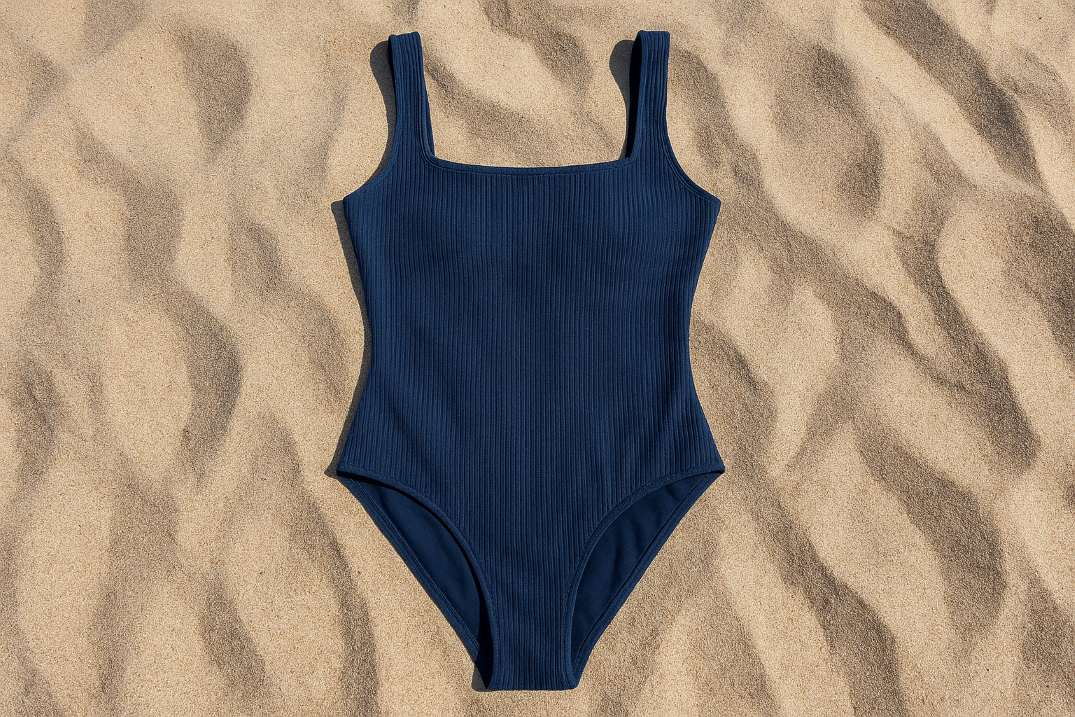
Spandex / Elastane
The swim fabric spandex exists as a mixture with nylon or polyester which contains 15-25% spandex content for providing stretch functionality and shape retention.
The LYCRA Company’s lasting FIT (XTRA LIFE) fiber outlasts sunscreen, sweat and chlorine damage which leads to a 10× longer garment lifespan than unprotected elastane.
Pros: Superior snap-back, body-contouring fit, and comfort.
Cons: Pure spandex degrades quickly; always pair with a protective nylon or polyester shell.
Best For: Performance racing suits, compression panels, and size-inclusive designs that must adapt to curves.
The selection process for the best swimming suit material fabric requires following these four evaluation criteria
The four-point test below functions as a supplier evaluation tool and lab dip assessment tool.
How to Choose the Ideal Swimming Suit Material Fabric
Performance
Use polyester or PBT blends that meet 200-300 chlorine hour standards when you need to serve hotel pool customers or compete in swimming events.
Nylon blends with 18-22% elastane make up suitable materials for beach and resort collections because they provide stretch comfort.
Comfort
The general swim market should use fabric weights ranging from 170 g/m2 to 220 g/m2 while heavier gauges (220-260 g/m2) suit shapewear-style suits.
The fabric must demonstrate at least 50% elongation in warp and weft directions to avoid bagging.
Durability
Inspect the supplier’s test data. The fabric should maintain 80% of its initial strength when exposed to 200 hours of 40 ppm chlorine.
The ISO 105 color-fast ratings must be between 4-5 for light and seawater applications.
Environmental Impact
Compare life-cycle data. The production of recycled polyester results in a 30% decrease of CO2 emissions compared to virgin polyester manufacturing. The process of regenerating nylon helps remove waste materials from ocean environments.
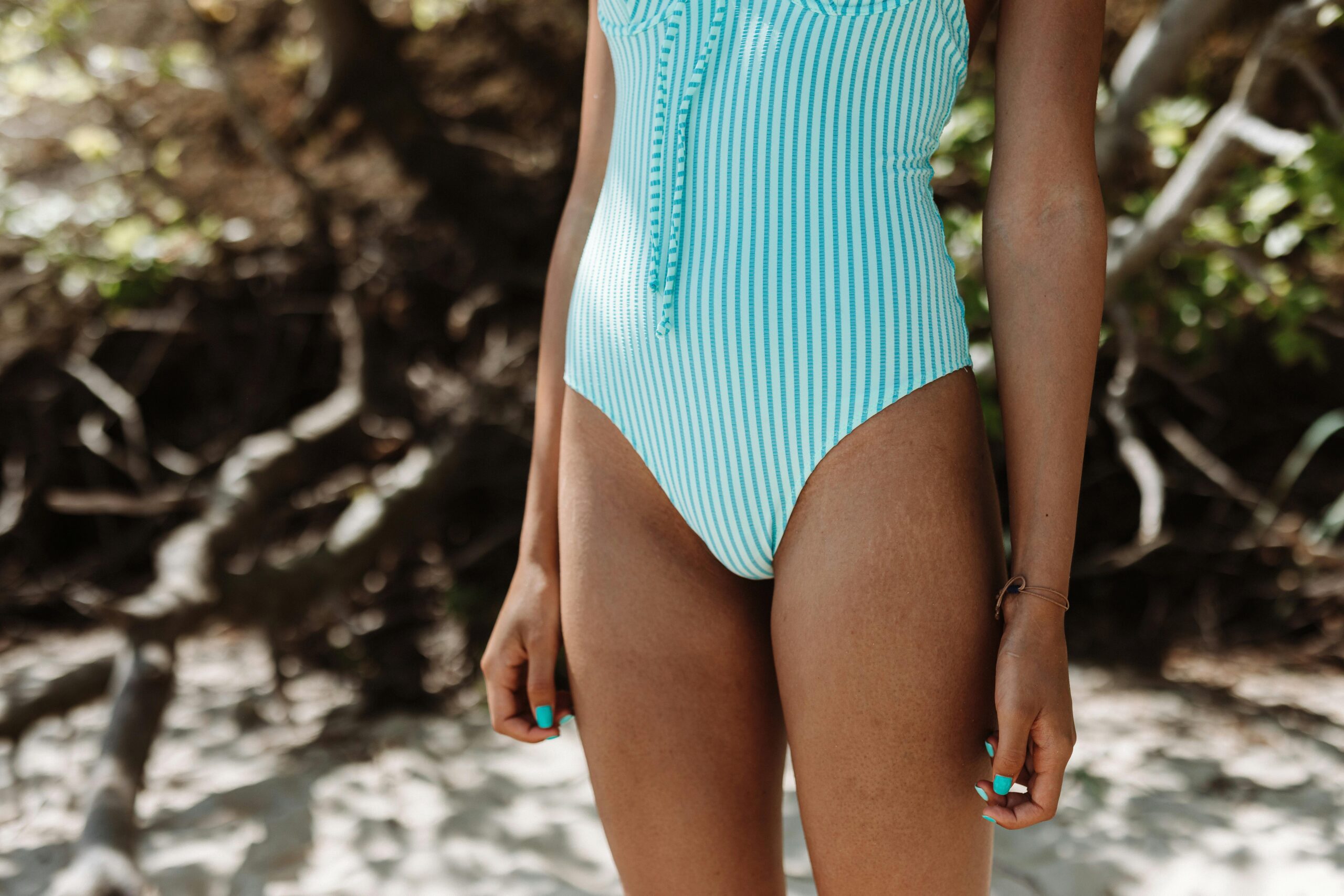
FAQ
Polyester blends are ideal due to their high resistance to chlorine and UV rays, making them durable for regular swimmers.
Lycra (spandex) gives swim fabric excellent stretch and shape retention, improving comfort and fit for active use.
Lorem ipsum dolor sit amet, consectetur adipiscing elit. Ut elit tellus, luctus nec ullamcorper mattis, pulvinar dapibus leo.
Yes. Recycled polyester, recycled nylon, and bamboo blends are sustainable choices, with many brands now offering eco-friendly swimwear lines.
Focus on intended use (performance vs. style), comfort, durability, stretch, and environmental impact. Always test samples before bulk ordering.
Market trends include recycled and plant-based fibers, smart textiles (UV, anti-odor), and seamless, zero-waste manufacturing techniques.

